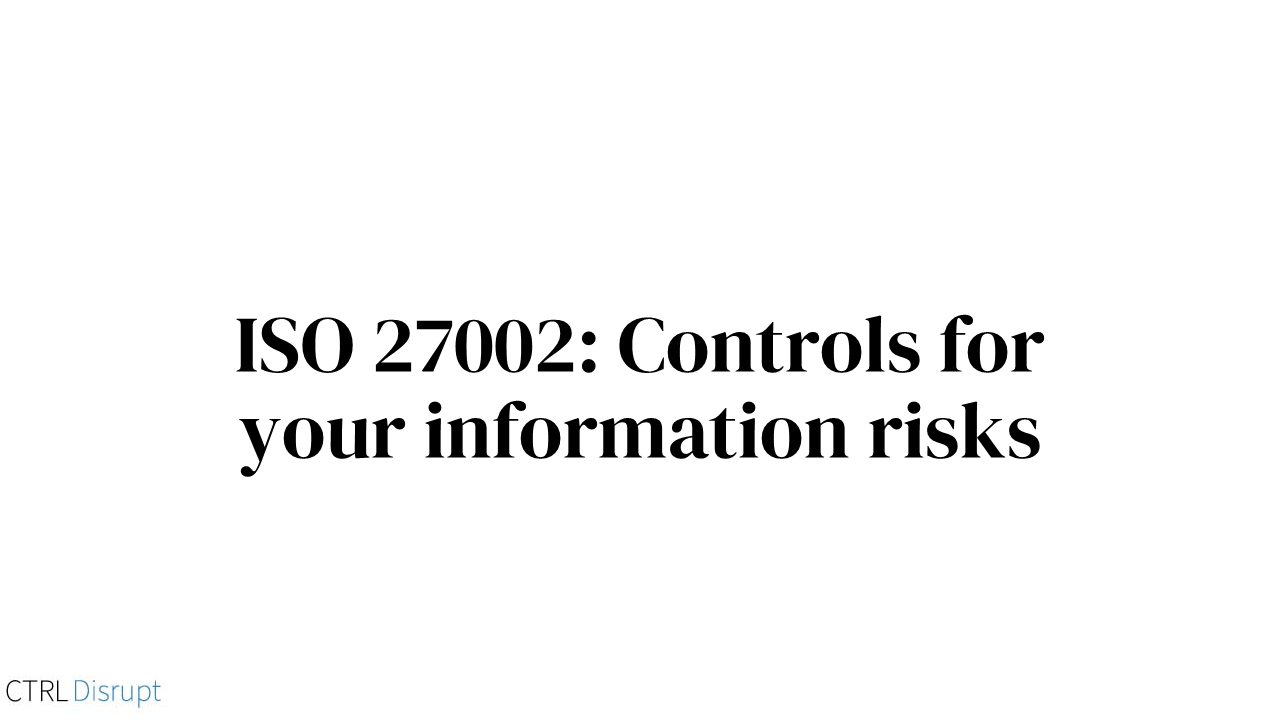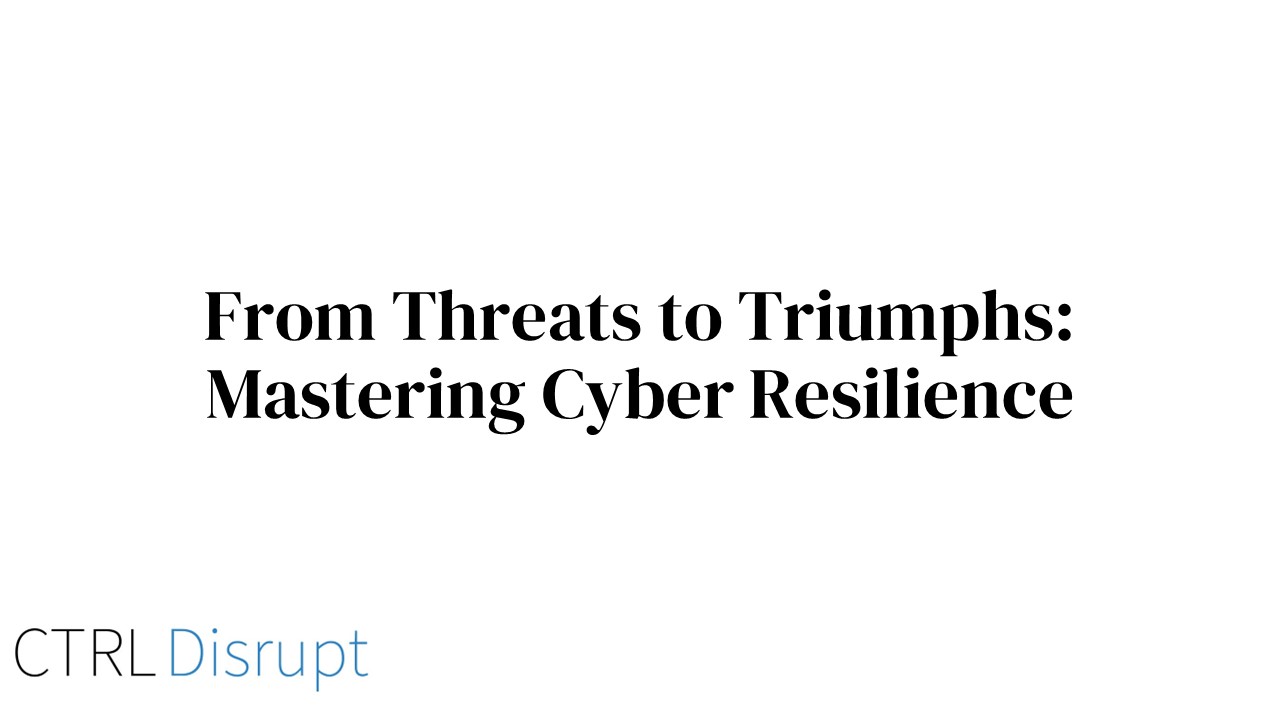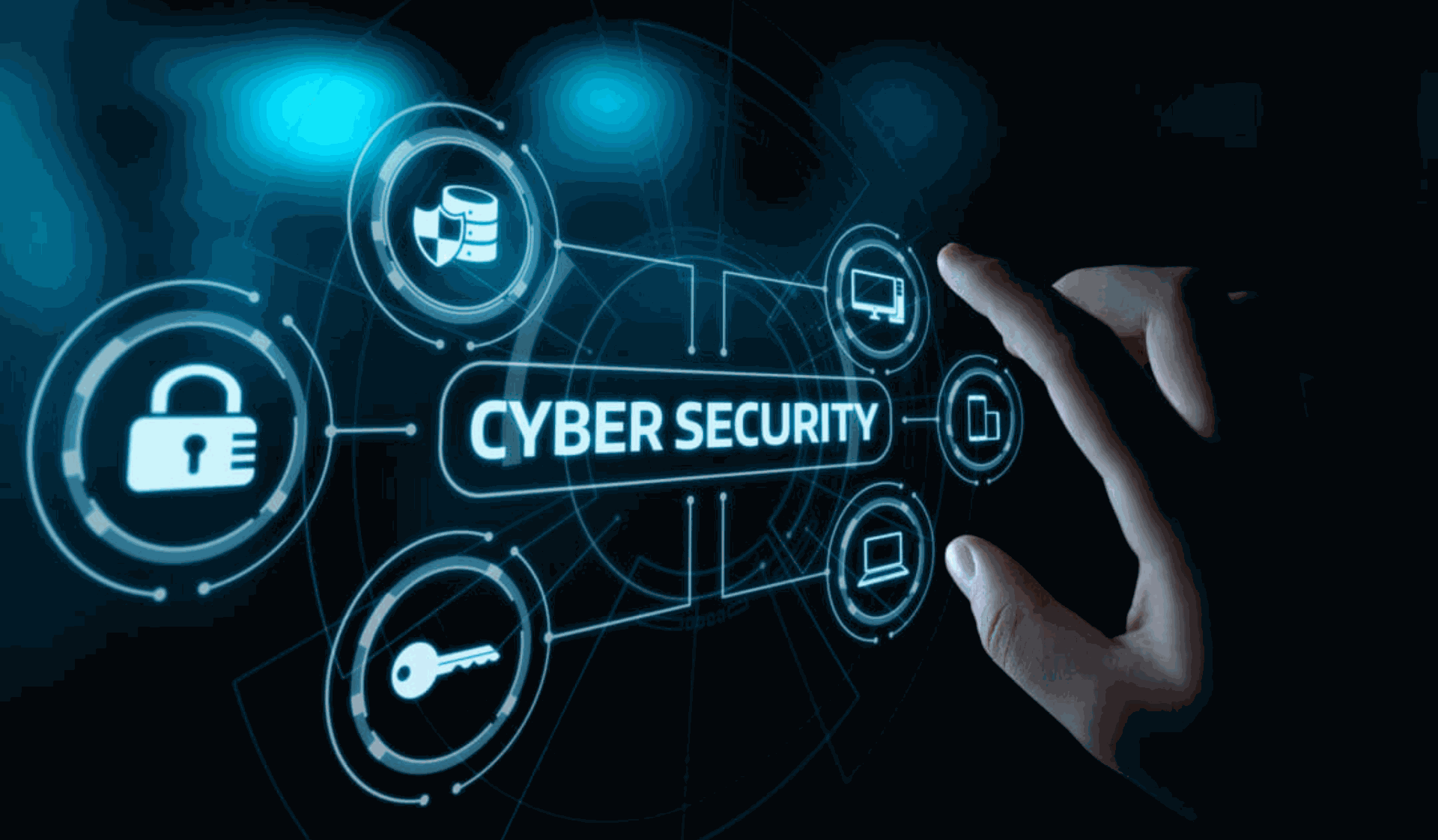Unlock Robust Cybersecurity: Dive into CIS Critical Security Controls
Introduction
In an era where our digital footprint extends beyond our imagination, the importance of robust cybersecurity cannot be overstated. Every click, every shared document, every connected device – they form parts of a vast digital ecosystem that thrives on interconnectivity but also grapples with an array of sophisticated threats. Cyber incidents, from data breaches to ransomware attacks, have not only become frequent but also carry with them heavy financial and reputational ramifications.
Enter the world of standard frameworks and guidelines. Amidst the chaos of an ever-evolving cyber threat landscape, there exists an urgency for unified, standardized approaches to security. These frameworks provide the guiding star, a structured path for organizations to fortify their defenses and respond adeptly to potential threats. Among the most revered and actionable of these guides stand the CIS Critical Security Controls, a beacon for organizations seeking a clear and effective roadmap to enhanced cybersecurity.
In this article, we will delve deep into the intricacies of these controls, exploring their origins, relevance, and the tangible benefits they bring to the table.
2. What are the CIS Critical Security Controls?
In the vast sea of cybersecurity frameworks and standards, the CIS Critical Security Controls (often simply referred to as the CIS Controls) stand out due to their clarity, actionability, and effectiveness. These controls are the culmination of expert insights, collaborative efforts, and years of real-world experiences battling cyber threats.
History and Development of the CIS Controls
The journey of the CIS Controls began under the aegis of the SANS Institute before transitioning to the Center for Internet Security (CIS). These controls were crafted with one clear mission: to provide organizations with a prioritized and methodical approach to cybersecurity. Drawing from actual attack data and the collective wisdom of volunteers from government, industry, and academia, the controls have evolved over the years, adapting to the shifting contours of the cyber threat landscape.
An Overview of the Controls
Divided for clarity and effectiveness, the CIS Controls are categorized into three distinct groups:
-
Basic Controls: These are the cybersecurity essentials. Often considered the foundational building blocks, these controls address the most common and pervasive cyber threats, focusing on aspects like inventory and control of hardware assets, continuous vulnerability management, and controlled use of administrative privileges.
-
Foundational Controls: Building upon the basics, the foundational controls delve into more intricate aspects of cybersecurity. They encompass measures like wireless access control, data protection, and incident response and management.
-
Organizational Controls: Recognizing that cybersecurity is not just about technology but also about people and processes, the organizational controls address governance, risk management, and other broader organizational aspects.
Emphasis on Its Practical and Actionable Nature
What truly sets the CIS Controls apart from many other cybersecurity frameworks is their pragmatic approach. Rather than presenting a theoretical or overly broad perspective, the CIS Controls are laser-focused on action — providing straightforward, step-by-step measures that organizations can implement. This emphasis on the 'how' rather than just the 'what' ensures that organizations have a clear path to follow, reducing ambiguities and enhancing their cybersecurity posture.
3. The Relevance of CIS Controls in Today's Digital Ecosystem
As our reliance on digital systems and online platforms continues to grow, so does the sophistication and audacity of cyber adversaries. The digital landscape, once a realm of boundless opportunities, now also doubles as a battleground, where businesses and individuals constantly fend off cyber threats.
Statistical or Anecdotal Evidence of Cyber Threats in the Modern World
Every day, headlines remind us of the grave reality – data breaches exposing millions of records, ransomware attacks crippling critical infrastructure, and stealthy espionage campaigns pilfering trade secrets. To provide a snapshot:
- In a recent year, there was a 300% increase in reported cyber incidents.
- A study revealed that a cyber attack occurs every 39 seconds.
- Over 75% of industries have fallen victim to a phishing scam at least once.
These figures aren't merely statistics; they represent real losses, disruptions, and damages to companies and individuals worldwide.
The Importance of a Standardized Approach to Security
Given the scale and magnitude of the threat landscape, a haphazard or ad-hoc approach to security simply won't suffice. Organizations require a structured, standardized blueprint – one that isn't just theoretically sound, but has been battle-tested in the real world. This is where the value of frameworks like the CIS Controls becomes palpable. They offer a well-defined path, reducing the guesswork and ensuring that security efforts are directed where they matter the most.
How CIS Controls Address the Most Prevalent Cyber Threats and Challenges
At the heart of the CIS Controls is a deep understanding of the cyber adversaries' tactics, techniques, and procedures (TTPs). These controls aren't just a random assortment of best practices; they're a strategic response to the most prevalent and damaging cyber threats.
For instance, the emphasis on inventory and control of hardware assets as a basic control addresses the foundational need to know what's on your network before you can secure it. Similarly, measures around email and web browser protections directly counter the rampant threat of phishing and browser-based attacks.
In essence, the CIS Controls are a reflection of the cyber challenges of our times, offering organizations a proven toolkit to navigate the treacherous waters of the digital age.
4. Key Benefits of Implementing CIS Controls
In an era dominated by intricate cyber threats and an ever-evolving digital landscape, it's crucial for organizations to be several steps ahead. Adopting the CIS Controls can be that game-changer. Not only do they provide a systematic approach to cybersecurity, but they also yield tangible benefits that resonate beyond the IT department. Let's delve into the core advantages of integrating these controls into an organization's cybersecurity strategy.
Enhancing Cybersecurity Posture and Reducing Vulnerabilities
The CIS Controls have been meticulously designed to tackle the most common and impactful cyber threats head-on. By adhering to these controls, organizations can substantially bolster their defenses, reducing the windows of opportunity for attackers. The proactive nature of these controls means that vulnerabilities are identified and addressed before they can be exploited, leading to a more robust and resilient cybersecurity posture.
Meeting Compliance Requirements and Industry Standards
Compliance is not just about ticking boxes; it's about ensuring an organization's cyber infrastructure adheres to recognized best practices. Many of the CIS Controls align with or exceed industry standards and regulatory requirements, making their adoption a strategic move. By implementing these controls, organizations can confidently face audits, assuring stakeholders of their commitment to cybersecurity.
Streamlining Security Processes and Ensuring Uniformity
Consistency is the cornerstone of effective cybersecurity. The CIS Controls provide a unified framework that standardizes security processes across departments. This uniform approach eliminates redundancies, ensures that no critical aspect is overlooked, and paves the way for a more coordinated and efficient security operation. It's a synergy where every component, from IT to human resources, operates in harmony, united by a common security blueprint.
Proactively Addressing and Mitigating Threats
In today's cyber climate, a reactive approach is a recipe for disaster. Waiting for a breach to occur and then taking measures is both costly and damaging. The CIS Controls emphasize a proactive stance. They equip organizations with the tools and strategies to anticipate threats, understand their potential impact, and take decisive action to mitigate them before they escalate. It's about foresight, preparedness, and staying ahead of the curve.
5. Getting Started: A Roadmap for Companies
Embarking on the journey to integrate the CIS Critical Security Controls can seem daunting, but with a structured approach, organizations can transition to a fortified cybersecurity posture. Here's a comprehensive roadmap to guide this transformative journey:
Assessment: Understand Before You Act
Every organization is unique, with its distinct set of cybersecurity challenges. The first step towards integrating the CIS Controls is to understand where you stand. Begin with a comprehensive risk assessment. Evaluating potential threats and vulnerabilities specific to your organization will help in gauging the current security posture and pinpoint areas requiring immediate attention. Such assessments don't just spotlight gaps; they also assist in tailoring the CIS Controls to the organization's specific needs and context.
Prioritization: Risk-based Selection for Optimal Defense
When it's time to choose which controls to integrate, decisions should always be based on identified risks. Tackle the most vulnerable or critical areas first. If conducting a detailed risk assessment proves too resource-intensive or isn't feasible immediately, there's a recommended starting point: the Basic CIS Controls. These are foundational measures that lay the groundwork for cybersecurity, acting as the first line of defense. Once these are firmly established, organizations can build upon this foundation, methodically moving to the Foundational and then Organizational Controls. As threats evolve and new vulnerabilities emerge, this risk-based approach should be revisited to ensure continued alignment.
Implementation: A Practical Approach to Security
With priorities in place, it's time to action them. Companies shouldn't hesitate to seek expert guidance, utilize specialized tools, or access resources that can aid in embedding these controls seamlessly. Remember, the CIS Controls are designed to be actionable and practical, which means there's ample support available to ensure their successful deployment.
Continuous Monitoring and Revision: The Cyber Landscape is Ever-Changing
Cyber threats don't remain stagnant. As they evolve, so must the defenses. After implementing the CIS Controls, the work isn't over. Continuous monitoring is essential to identify any anomalies or breaches. Regular reviews of the controls in place, matched against emerging threats, will dictate necessary adjustments, ensuring that the organization remains a step ahead of potential attackers.
Training and Awareness: Everyone Plays a Part
The CIS Controls aren't just an IT department's responsibility; they span the entire organization. To ensure their effectiveness, all stakeholders, from top-tier management to frontline employees, must be well-informed and actively engaged. Regular training sessions, workshops, and awareness campaigns can help in ingraining these controls into the organization's fabric, making cybersecurity a collective responsibility.
6. Conclusion
In our interconnected digital world, the significance of robust cybersecurity cannot be understated. As cyber threats grow in complexity and frequency, standardized, effective measures like the CIS Critical Security Controls emerge as indispensable tools to shield and fortify organizations.
The CIS Controls aren't just a checklist. They represent a collective wisdom derived from cybersecurity experts worldwide, converging to define actionable steps against the most menacing of threats. Their structured approach — from basic, foundational to organizational measures — ensures that businesses of all sizes and domains can benefit.
The digital future, though ripe with potential, is not without its hazards. For businesses aiming to thrive, and not just survive, adopting the CIS Controls isn't just a best practice; it's a necessity. So, as we navigate the challenges and opportunities of the digital age, let's make a concerted effort. Let's prioritize our cybersecurity, leverage the tried-and-tested power of the CIS Controls, and build a safer, more secure digital future for all.

 By
By


